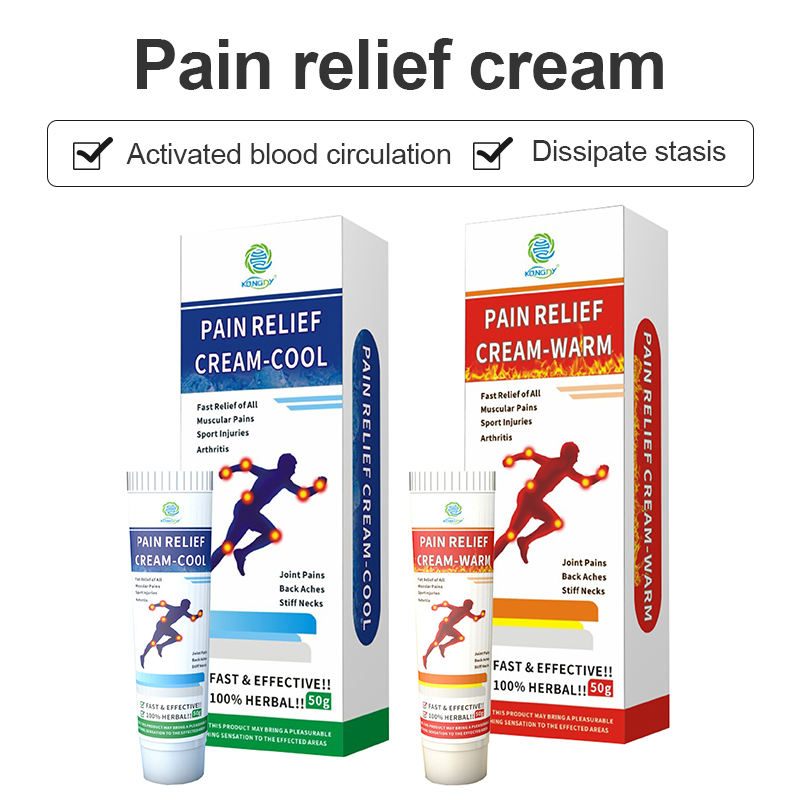When seeking pain relief, many individuals turn to topical pain relief creams. However, the debate over natural versus synthetic ingredients often arises. Let’s delve into this discussion and explore which pain relief cream ingredients work best.
- Natural Ingredients
Herbal Extracts: Herbal extracts, such as arnica, ginger, and wintergreen, have been used traditionally for pain relief. They often provide a gentle, natural approach to reducing discomfort.
Essential Oils: Essential oils like lavender, peppermint, and chamomile have analgesic and anti-inflammatory properties, making them popular choices for pain relief creams.
Advantages: Natural ingredients are often perceived as safer and less likely to cause side effects. They are also preferred by individuals seeking a more “natural” approach to pain management.

- Synthetic Ingredients
Analgesics: Ingredients like lidocaine and diclofenac are common synthetic analgesics found in pain relief creams. They work by blocking pain signals and reducing inflammation.
Counterirritants: Ingredients like capsaicin, the active component in chili peppers, are counterirritants that create a mild burning sensation to override pain signals.
Advantages: Synthetic ingredients are often more potent and provide faster pain relief. They are also regulated by the FDA, ensuring a certain level of safety and efficacy.
- Which is Better?
The answer is not a simple one. Natural ingredients provide a gentler, more natural approach, while synthetic ingredients offer faster and more potent relief. The best choice depends on the individual’s needs, preferences, and tolerance to ingredients.
It’s important to note that both natural and synthetic ingredients can cause allergic reactions or side effects in some individuals. It’s crucial to read the label and test a small amount of the cream on your skin before using it extensively.
In conclusion, both natural and synthetic ingredients have their place in pain relief creams. The key is to find the one that works best for you, based on your individual needs and preferences.






